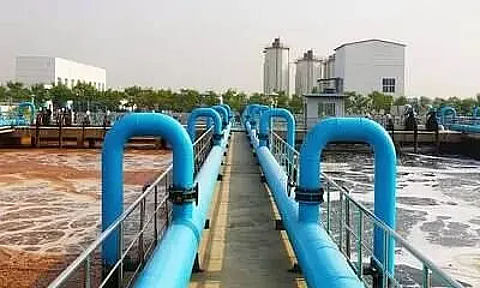
- Home
- Live Blog
- Breaking News
- Top Headlines
- Cities
- NE News
- Sentinel Media
- Sports
- Education
- Jobs

IMPHAL: In a welcoming move, Manipur gets its first-ever sewage treatment plant in Northeast India.
The sewage treatment plant located in Manipur's Imphal is made at a total of Rs 345 crore and was commissioned in June 2020 after a trial run was conducted for one-and-a-half years.
Earlier, the Manipur state government under the banner of Imphal Sewerage Project phase 1 in Imphal to control pollution gave a green signal to the plant.
It is to be mentioned that the major objective of installing the sewage treatment plant in Imphal is to curb pollution levels in Nambul River which flows into Loktak which is also regarded as the largest freshwater lake in northeast India.
Speaking to media, Executive engineer of public health engineering department (drainage and sewerage division), Arambam Ibohal said, "So far we've provided sewerage pipeline connection to 12,000 households and other establishments in nine out of targeted 11 municipal wards."
"In this project, we are targeting to reutilise the sewerage water collected from the households and other establishments after its proper treatment at the plant site at Lamphelpat for different purposes so that only the rainwater runs in our drains," Ibohal said.
Further, the engineer added that the plant will reach the remaining households by March 2021.
The plant has a generating capacity of 27 million litres per day and will cover major areas of Imphal through primary and secondary lines.
Meanwhile, the department is also proposing for the launch of phase 2 which will have a generating capacity of 49 million litres per day. The said project will be completed within 3 years and is valued at Rs 1471 crore.
Sewage water treatment- includes physical, biological and sometimes chemical processes to remove pollutants. Its aim is to produce environmentally safe sewage water, called effluent, and a solid waste called sludge or biosolids, suitable for disposal or reuse. Reuse is often for agricultural purposes, but more recently, sludge is being used as a fuel source.